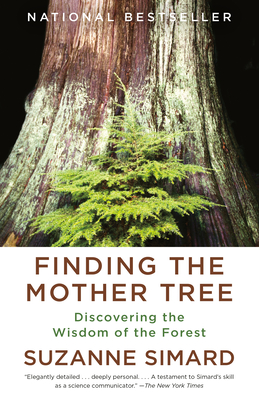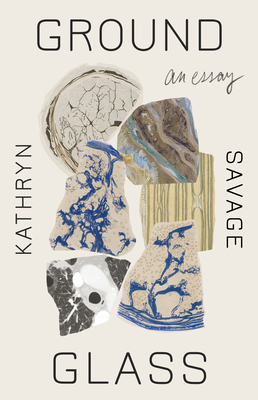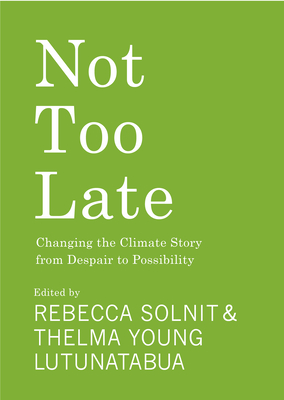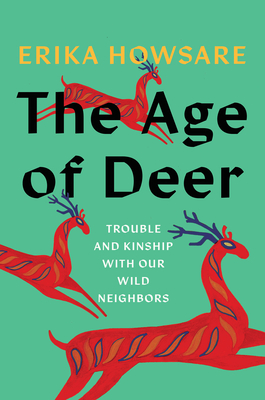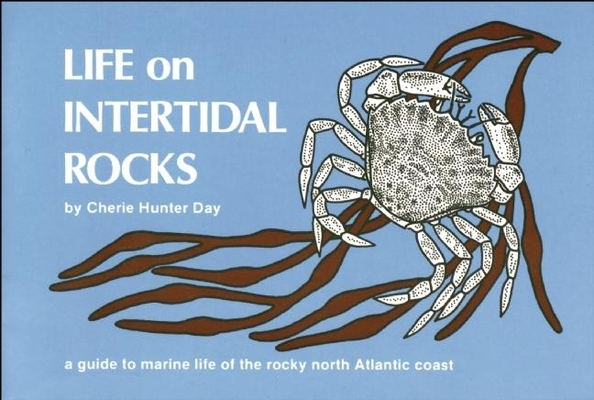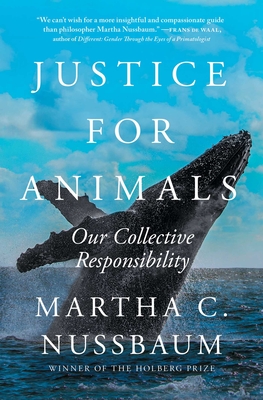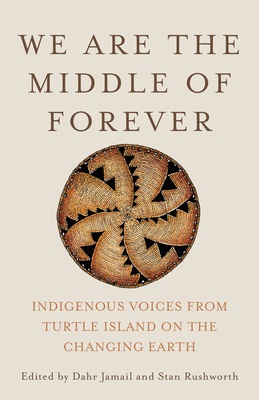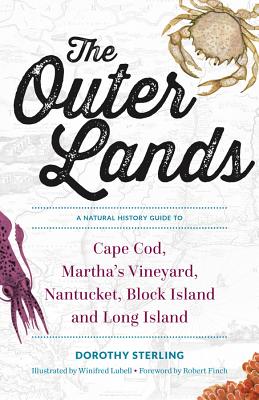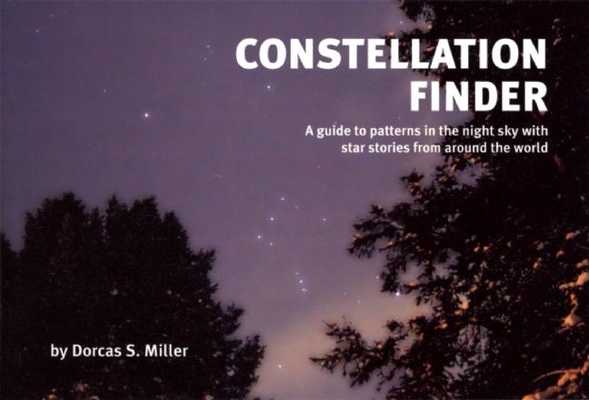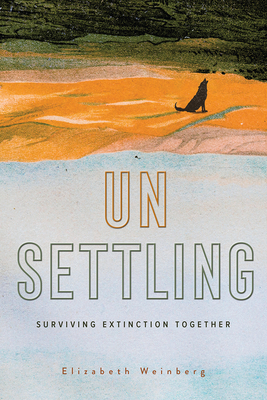
Weather, Climate, and the Geographical Imagination: Placing Atmospheric Knowledges (INTERSECTIONS: Histories of Environment)
Description
As global temperatures rise under the forcing hand of humanity’s greenhouse gas emissions, new questions are being asked of how societies make sense of their weather, of the cultural values, which are afforded to climate, and of how environmental futures are imagined, feared, predicted, and remade. Weather, Climate, and Geographical Imagination contributes to this conversation by bringing together a range of voices from history of science, historical geography, and environmental history, each speaking to a set of questions about the role of space and place in the production, circulation, reception, and application of knowledges about weather and climate. The volume develops the concept of “geographical imagination” to address the intersecting forces of scientific knowledge, cultural politics, bodily experience, and spatial imaginaries, which shape the history of knowledges about climate.
Praise for Weather, Climate, and the Geographical Imagination: Placing Atmospheric Knowledges (INTERSECTIONS: Histories of Environment)
“If we are to truly understand contemporary climate change and its various social constructions and machinations, we must situate it within a reasonable understanding of the historical context of the measurement, study, portrayals, and uses of climate, both social and scientific. Using the concept of the ‘geographical imagination’ and how that imagination helped produce what was or is known as climate knowledge, provides a useful and perhaps vital frame for understanding that context. These fourteen contributors provide concrete examples of climate knowledge creations and imagination, many in support of the project of British Imperialism. An important volume that forces one to reconsider the ways we’ve always thought about climate.”—Randy Peppler, The University of Oklahoma
“This innovative volume offers a fresh way to think about the relationship between climate and society. Working with the methods of historical geography, the authors underscore the uniqueness of the atmosphere and oceans as sites of science, as fields in constant motion that can’t be inhabited for long. Getting one’s bearings under these circumstances has always been both a material and an imaginative challenge. As these richly researched essays demonstrate, the different ways in which the global of the global climate has been imagined have had real-world consequences, constraining how people think and act. These case studies are not only fascinating historical excursions; they also hint at how the geographical imagination might be reshaped in the future to confront the climate crisis.”—Deborah Coen, Yale University



